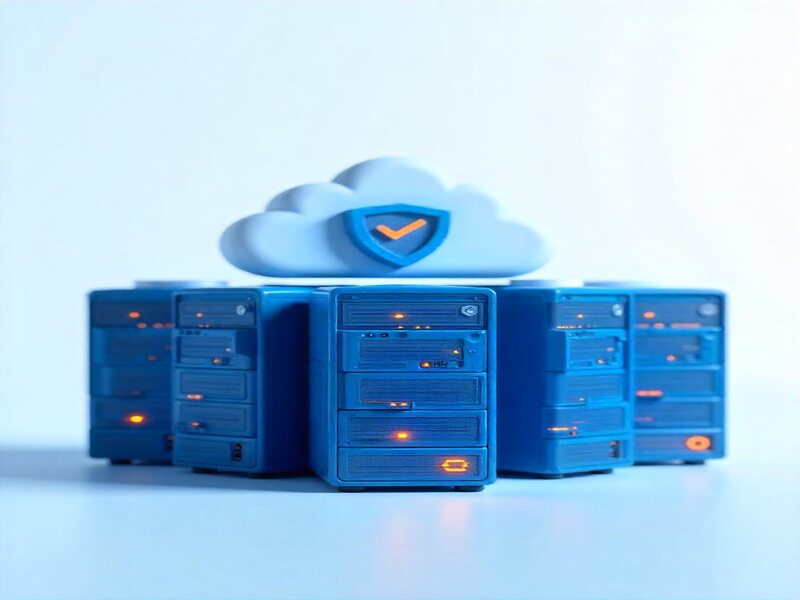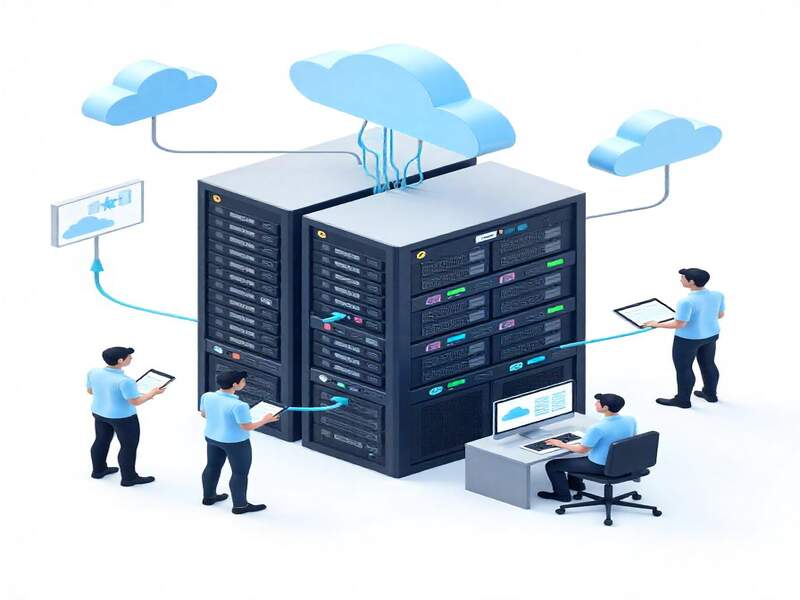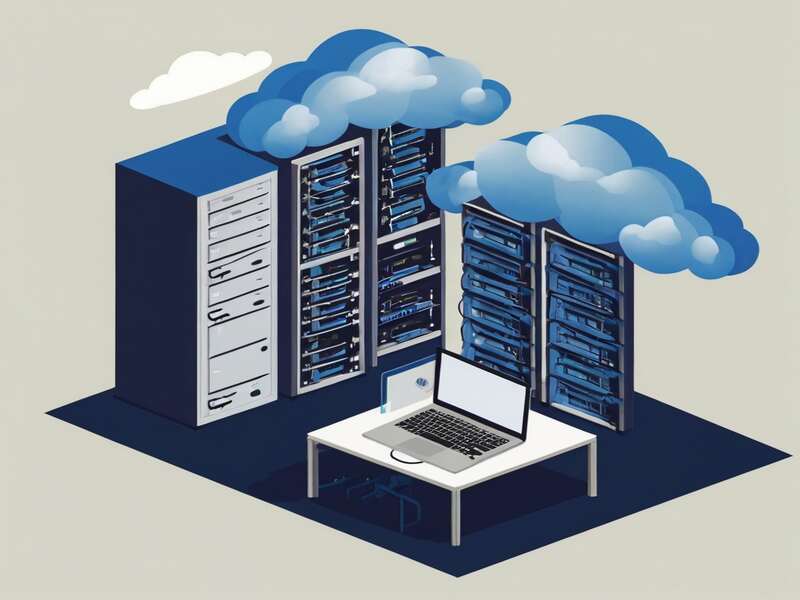Apache Tomcat Tutorial
A servlet is a Java servlet implementation that is mostly used to host Java services, while a web server is a type of server that uses a local system like Apache to serve files.
This Apache Tomcat Tutorial helps the beginners to understand the basic understanding of Tomcat and its capabilities in brief.
What is Apache Tomcat?
Tomcat is a free Java servlet container that supports various Java enterprise specifications, including Websites API, Java server pages, and Java sublets.
Tomcat is a reliable application server for developing software, creating applications, and delivering Java applications.
It helps in the expansion of server capabilities.
Tomcat serves as both a web server and a servlet container, referred to as web server rather than application server.

Apache Tomcat features
Apache Tomcat is lightweight, with a quick start time and shorter redeploy times than other tools on the market.
It is open source and free, making it accessible to anyone from anywhere.
It provides rapid load and redeploys.
Tomcat is highly adaptable, offering high versatility due to its built-in customization options.
Installation of Tomcat
There are two ways to install Tomcat: verified and unverified. Verified installations involve downloading a single file from the Apache software group, which provides Tomcat.
This can be a zip file or an installer, depending on your preference. The benefit of the verified install is that it gives you an idea of the process and is worth going through.
The recommended method is to do the unverified install just to get the hang of it and then delete the downloaded file before proceeding with the verified install.
To install Tomcat on a development machine, the unverified install is recommended. However, in general, the verified approach is preferred.

Importance of Digital Signature
The digital signature is a PGP signature, which stands for pretty good privacy. This algorithm is publicly available and is used to generate digital signatures.
Verifying the digital signature requires knowing something about the developer who produced the signature. This can be a tricky situation, as the digital signature is attached to the zip file and must be verified.
The standard way to verify digital signatures nowadays is to use the GPG, the new privacy guard utility from the GNU software group. This utility is available for both Linux and Windows machines and is recommended for those without it.
To do verification, we download the digital signature in a file called D S.ASC and feed it into the verifier engine, which returns either yes or no.

Tomcat Training

How to test whether Tomcat is up or running?
To test whether Tomcat is up and running, the user can open a browser or use the utility Curl.
Curl allows users to generate HTP requests and other types of requests, but it is important to note that the server is currently listening on the specified port.
By using Curl, the user can verify that Tomcat is running and clear the screen to return to the working file.
Components of Tomcat
Tomcat is the aggregate of several modules, with the most important component being cetalina, or the web container. It is responsible for managing the web apps that are deployed. Some of Tomcat’s components have names, such as cetalina, jasper, and security.

How request dispatching or mapping is done in Tomcat?
The operation of request mapping or dispatching is crucial for web servers. A request comes into the web server from a client, such as a human using a browser or a curl utility.
The request dispatcher module is responsible for taking the request and sending it to the desired resource.
Tomcat follows two steps: first, the URI (name of the appropriate war file without the dot war extension) is always the name of the war file, and second, the resource within that war file.
If the war file doesn’t exist, the client may misspell something, leading to a 404 not found response (HTTP status code).
To deploy a web app to Tomcat, the preferred way is to give Tomcat a war file and then unpack it. The unpacked version is called Preds.war, which can be accessed through the command line prompt.
Inside the war file, there are important contexts, such as a HTML template called ajax.xhtml, a Java server faces identifier for this page, and a jar file that implements JSF in Java.
The deployment configuration document, web.xml, states that the default page is ajax.html.
The config file for JSF in Java is also present, along with some Java class files that need to go under Web Mf.
A jar file is the implementation of JSF, which is what is in the war file. When a client requests the war file, they need to tell timecat that they want this particular page.
The HTTP (scheme) is used to specify HTTPS, WS, or other HTTPS protocols. The server address is localhost:8080.
The noun (or URI) starts with the path, which is the name of the war file without the dot war extension. The resource within the war file that the client wants is the URI (noun) and the resource name.
Request mapping is essential in Tomcat, and its directory structure under Tomcat Home is crucial for efficient use. The main configuration files are located in Comph, which contains configuration files, server.xml, lib for library, logs, TEMP, web apps, and work.

Toscat Online Training

How to install timecap?
Time cap, a web server in a real-world computing environment.
The first step is to define Java_home as an environment variable. If you only want to use the virtual machine, you should define JRE_home.
To set environment variables, search for “set environment variable in” and put in your operating system.
Download time cap from the URL, either an archive or an installer. The archive provides more flexibility, while the installer simplifies the task.
Verify either the archive or installer downloaded from the Apache web server to your local machine.
Verify the message digest verification and the digital signature included with Apache.
After downloading and installing, start and stop the Tomcat server by using a browser open to local host 8080 or using a utility like curl. And later Tomcat must be installed.

Role of Transport Protocol
Tomcat is not an email server, so web apps need access to an email server for sending emails.
HTTP is a messaging protocol that consists of two basic types of messages: requests and responses. A request goes from a client, such as a browser, to a server, like Tomcat, the web server.
The response flows in the other direction, from the server to the client. Under HTTP, it is the client that takes the initiative, initiating a message.
There are various request methods, which are now called verbs, including post, get, put, and delete, which cover the CRUD operations.
Modern browsers use only two of these verbs, post and get. For example, typing a URL into a browser window and hitting return will generate a get request. If you hit a hyperlink, the browser will issue a get request.
A post request is typically generated when a form is submitted, and modern web services tend to use all four CRUD verbs.
The HTTP messaging on the request side is always a verb and a noun. The noun is what you want, and the verb is what you want to do with it. When you issue a get request, you want to read it, and when you issue a post request, you want to create something, such as a new order.
HTTP is often described as a stateless protocol, meaning it is not up to the web application with support from the web container.
The response has a start line, status code as a number, and an optional body. Get and delete requests don’t have a body, but post and put requests do have a body.
The response has a start line, and the status code as a number and in English. 200 level is good, 400 level is client messed up, and 500 level is something went wrong with the code.
There are various ways to capture traffic that goes over the wire using HTTP protocols. There are highly specialized, sophisticated GUI-based programs to do that, but you can also use curl, which is just so convenient.
There are various options for monitoring and managing remote and local systems, including J-Council, SSH, and Monet.
They prefer using the secure shell on Unix-type systems, which allows them to log in remotely and act on the remote machine as if they were on their local machine.
Monet is another recommended tool for operating system or system level monitoring.

CGI for Tomcat
CGI, or Common Gateway Interface, is a gateway between the web server and the local program. It works by having a CGI servlet, which can be written in any language, but popular languages include dynamic languages like Pearl, Python, Ruby, C, C++, or other languages.
To set up CGI for Tomcat, you need a working file and a sample web app deployed file. The working file and the war file are put in a zip. In Tomcat HomeConf, there is a master deployment descriptor web.xml that contains everything.
The other configuration file needed is context.xml, which is the master context descriptor.

Tomcat Course Price


Ravi
Author